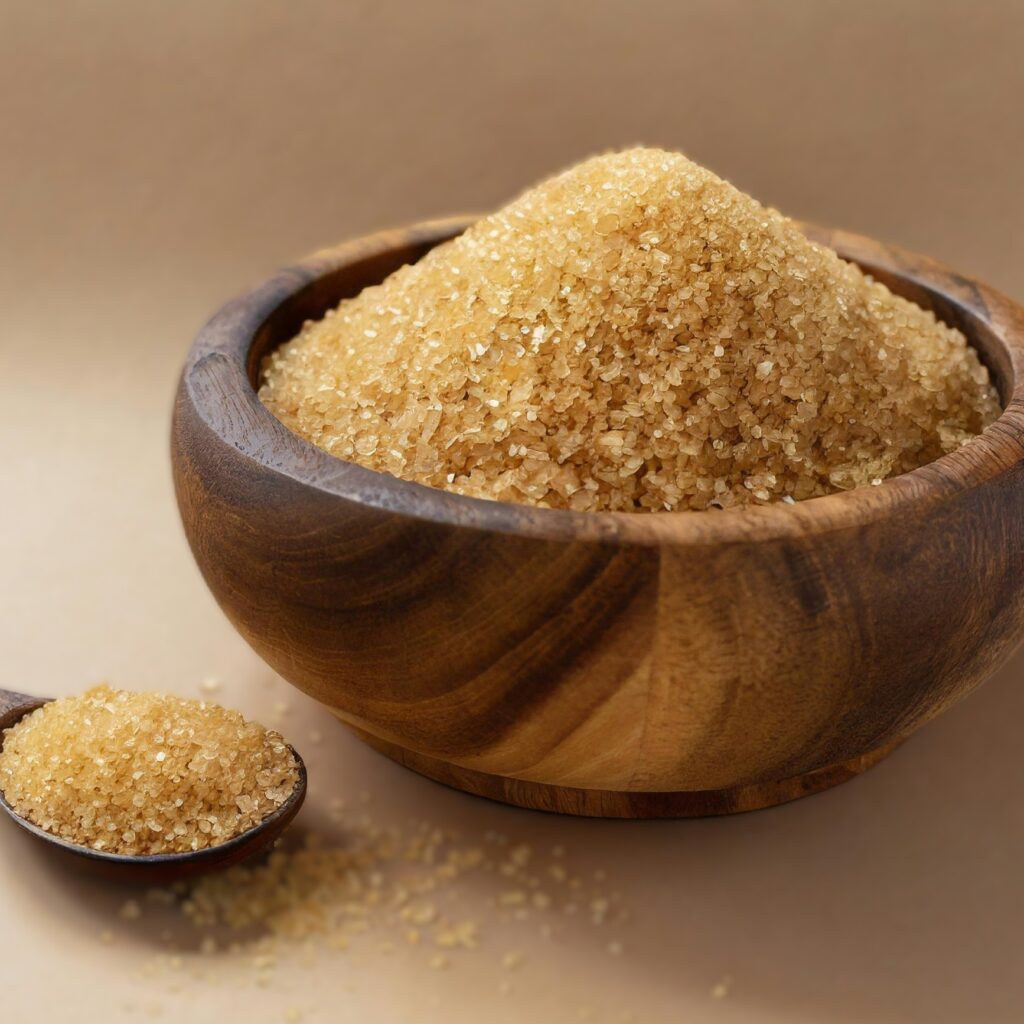
Part Three
In Part One and Part Two of this diatribe, I shared nutritional and historic aspects of sugar, the quantities of sugar we are ingesting, the deleterious health impacts of all this sugar, and how we got to this point. Now let’s turn our attention to what you can do about it and how you can use the knowledge gained to improve your health.
You may think that identifying whether a food has sugar in it would be easy, but unfortunately it’s not always simple. As of 2021, the FDA requires that added sugars be listed on most food labels. Despite this labeling requirement, sugar on ingredient lists isn’t always apparent.
“A rose by any other name…”
Sugar goes by more than 60 names! Seriously, more than 60! If you want to cause confusion and mislead people about what is in a food, you make it complex. Having 60 different names is certainly a good start! A good reference list of these names can be found here. Although these names may be misleading, they can also point to differences in the source and components of sweeteners – please note that all sweeteners are not created equally.
Let’s delve a little deeper into the source of the sweetness and discuss a few of these sugar pseudonyms.
Sugar Beets
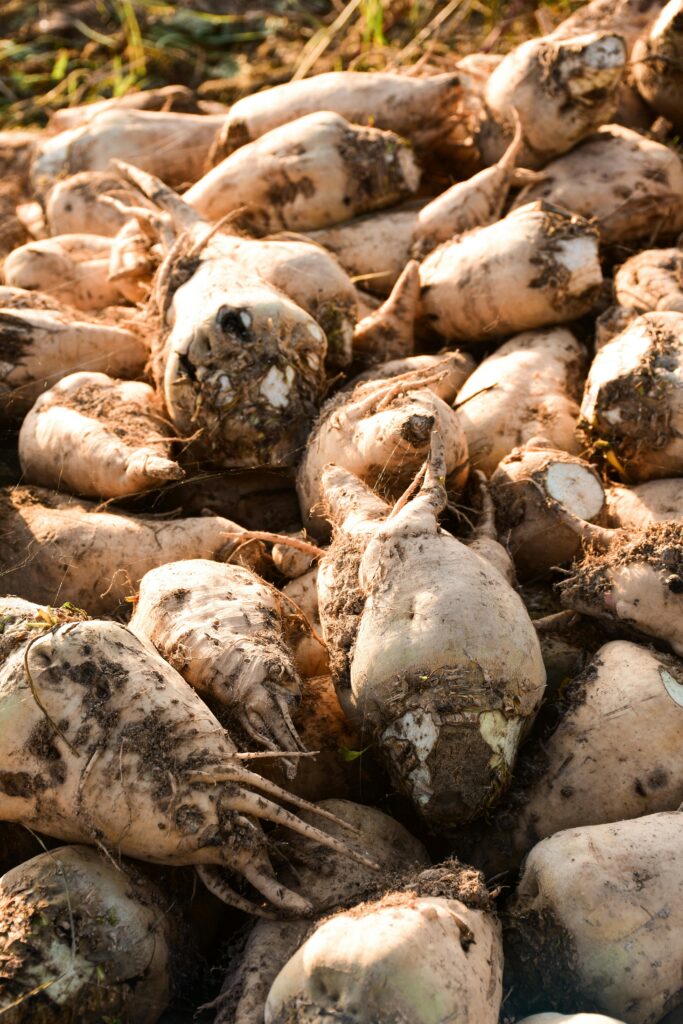
When sugar beets were found to be an economical and feasible source of sugar in the 19th century, it was revolutionary. It reduced the reliance on tropically grown sugar cane and allowed European countries to manufacture their own sugar. Since then, sugar beets have become a significant source of sugar. Sugar naturally present in the beets is extracted, processed, and refined, then added to other foods. Sugar from sugar beets is 99.9 % sucrose.
Did you know that if an ingredient on a food label just says sugar, it is mostly likely from sugar beets?
Fun Fact: 90% or more of the sugar beets grown in the US are genetically modified organisms (GMO). The beets are GMOs to resist the herbicide glyphosate (Roundup ®) and to increase yields. Why are we increasing yields of sugar beets used primarily to make sugar when the world is facing an obesity epidemic? It is definitely not for increased nutrition. Eating the beets themselves rather than the sugar extracted from them would provide fiber, vitamin C, calcium, and iron and be a much better source of nutrition.
Whenever you buy something with the word “sugar” and not “cane sugar” on the label, you are most likely buying a GMO food. Although the FDA has a GMO labeling requirement, GMO sugar beets often slide through a loophole. Many people don’t think there is an issue with consuming GMOs, but it’s important that the this information is clearly stated so you can make that choice yourself.
Cane Sugar
Cane sugar is made from sugar cane and contains solely sucrose. The liquid inside the sugar cane (cane juice) is collected and processed. Various stages of processing create different types of sugar. The refined white sugar that we know as table sugar is the most processed and undergoes a bleaching process to make it white.

Cane juice
Cane juice is derived from sugar cane and is produced by crushing peeled and shredded sugar cane to extract a sweet liquid. The cane juice can be used as a sweetener. Evaporation of the cane juice yields cane sugar. Evaporated cane juice is cane sugar, but because it is less processed it retains trace minerals and has a higher nutritive value.

Sucanat
Also from sugar cane, sucanat is a sugar that is minimally processed and retains the molasses from the sugar cane. It contains glucose, fructose, and other molecules in addition to sucrose. It has a higher moisture content and is brown. Sucanat stands for sugar cane natural.
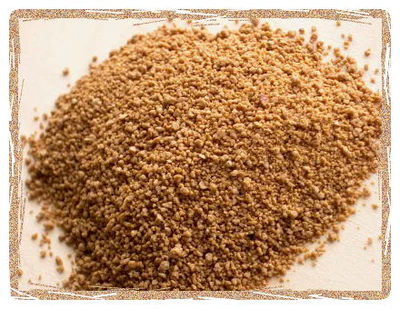
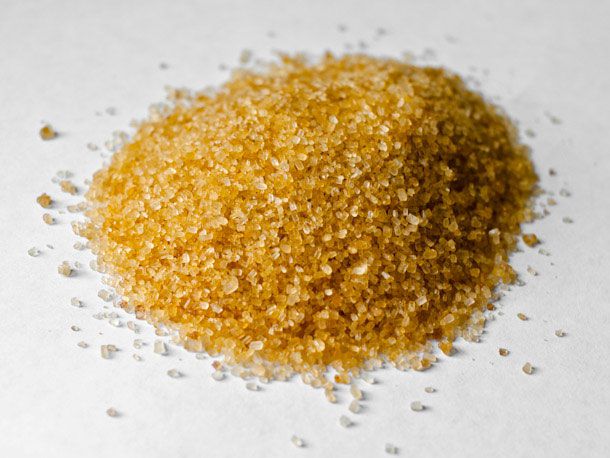
Turbinado sugar
Turbinado sugar or raw sugar is a partially refined form of cane sugar that retains some of the molasses. It has larger crystals than refined cane sugar and a light brown color from the residual molasses. It is primarily sucrose but does contain some trace minerals.
Brown sugar
Brown sugar is made from sugar cane or sugar beets. It is refined to separate the molasses but then some of the molasses is mixed back in with the sugar to make a flavorful sugar frequently used in baking. Dark brown sugar has more molasses mixed in than light brown sugar. The molasses also adds trace minerals yielding a higher nutritive value.
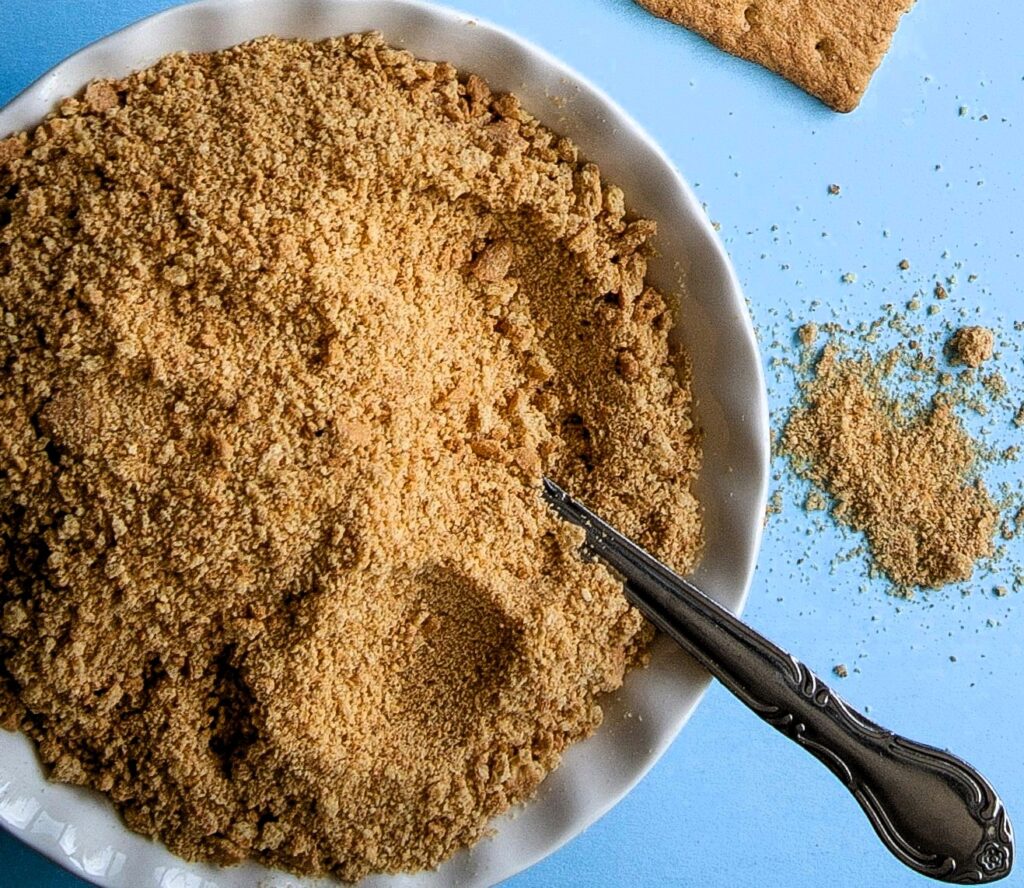
High fructose corn syrup
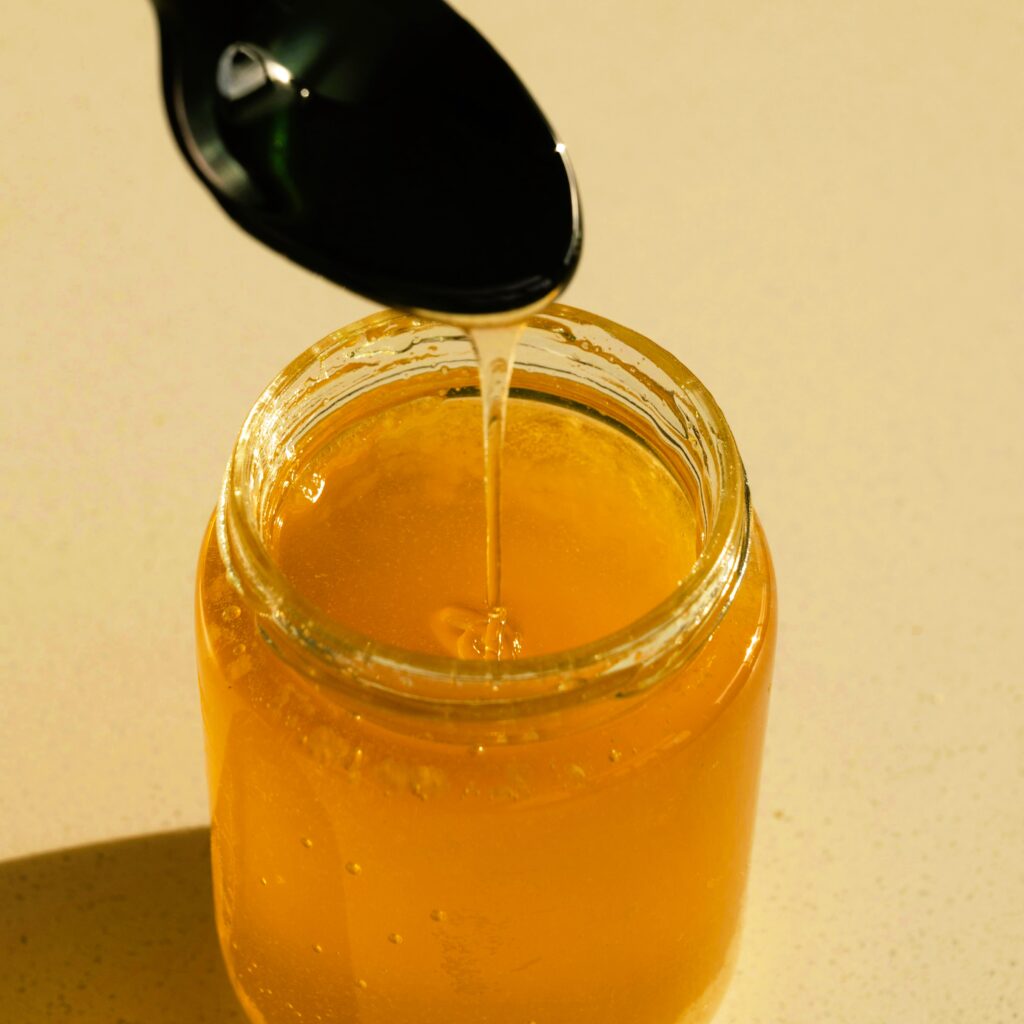
High fructose corn syrup is made by adding enzymes to corn syrup to turn some of the glucose to fructose resulting a in sweetener that is 42 – 55% fructose. It is a less expensive and more stable sweetener than cane sugar or beetroot sugar. This cheap form of liquid sugar is easily added to beverages and other processed food. Because it is added to so many processed foods and drinks, it results in an overconsumption of sugar with little nutritive value. Fructose requires extra steps to convert it to glucose that can be provided to the bloodstream. It has to be managed by the liver and is associated with accumulation of visceral fat, an unhealthy fat that surrounds organs and contributes to multiple chronic health conditions.
Brown rice syrup
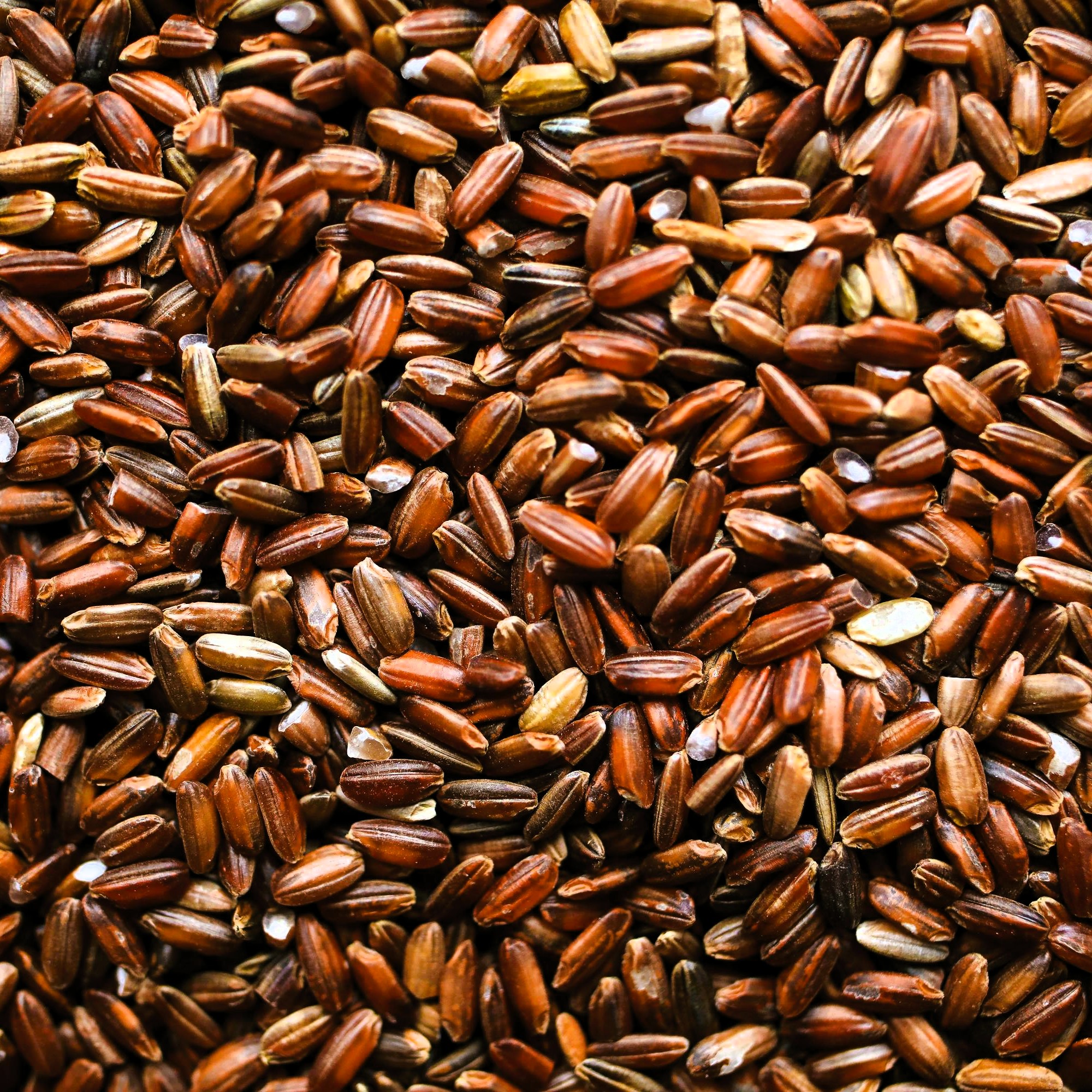
Brown rice syrup is made by cooking brown rice and adding enzymes to turn the naturally present starch to a liquid sweetener. It contains maltotriose, maltose, and glucose. Maltotriose and maltose are sugars that are easily broken down to glucose. Brown rice syrup is less processed than HFCS and does not contain fructose which has to be broken down in the liver, so it may be a better alternative. One issue with brown rice syrup is arsenic. Agricultural methods used in growing rice have been found to yield high arsenic levels in brown rice. Because brown rice syrup is concentrated, arsenic may be present in even higher levels in the brown rice syrup.
So if sugar is so bad, is there anything sweet we can eat instead?
Fortunately, mother nature has provided us with some sweet treats to be used sparingly. Fruit on its own or added to dishes provide just a bit of sweetness in our lives. Dried fruits are especially sweet because the dehydrating process concentrates the naturally occurring fruit sugar. Other natural treats include honey, maple syrup, and molasses.
Honey
Honey is a wonderful product provided to us by honey bees. Bees extract nectar from flowers and concentrate it into the viscous, golden, sweet syrup known as honey.
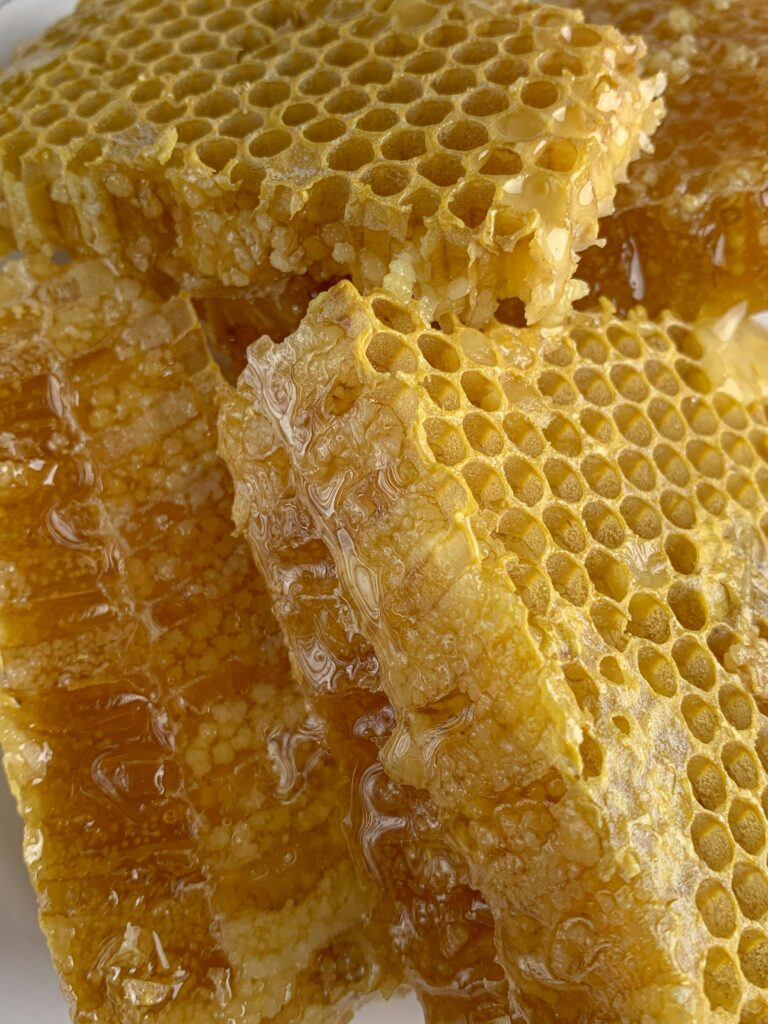
The flavor and properties of honey varies based on the flowers the bees visit. You probably know honey is sweet, but did you know that it also comes with a host of other benefits? Local honey helps allergy sufferers become less susceptible to allergic responses. Honey also contains flavonoids and polyphenols from the flowers the bees visit which give it antioxidant properties that fight oxidative stress in our bodies. These compounds also are anti-inflammatory. Inflammation is a key factor in many health issues, so anti-inflammatory foods are our friends. Honey is a natural cold and sore throat remedy and is beneficial for healing wounds and burns. Honey is also antibacterial and is used in hospitals to combat MRSA. Manuka honey has especially beneficial health properties.
Maple syrup
Maple syrup is another sweet superstar whose use extends far beyond just a topping for pancakes. Maple syrup comes from the sap of sugar maple trees. The sap is collected and concentrated to create the delicious syrup that ranges in color from pale amber to dark brown.
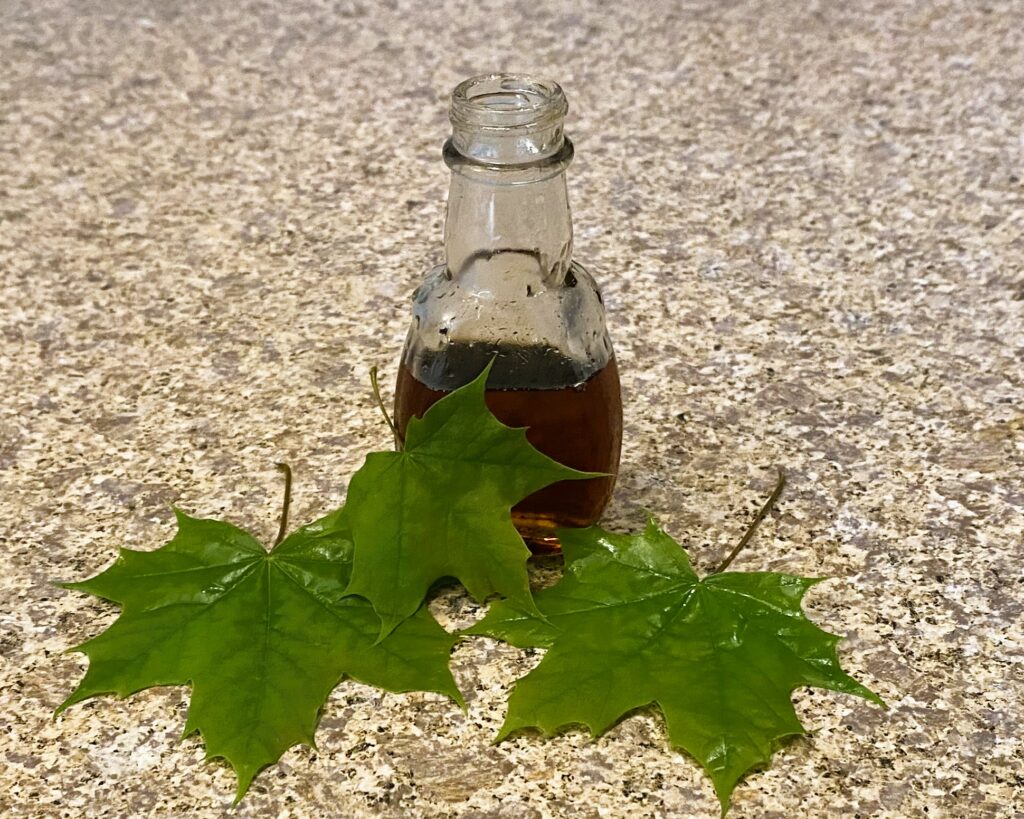
The benefits of the maple tree are still being discovered, although Native Americans may have known about these qualities long ago. Many of these qualities are captured in the sap and concentrated in maple syrup. There are a host of phytonutrients in maple syrup including minerals such as zinc, manganese, calcium, and potassium. Similar to honey, maple syrup contains antioxidants that fight free radicals. In fact, 24 different antioxidants have been identified in maple syrup. These reduce oxidative stress, protect against DNA damage, prevent cancer, and reduce inflammation. Maple syrup also has antibacterial properties although not as significant as honey. Another bonus for this natural sweetener is that maple syrup has a low glycemic index meaning it doesn’t cause that blood sugar spike and crash that other sugary foods cause. All of these qualities make maple syrup an excellent choice for adding a bit of sweetness to your foods. By the way, the darker Grade B maple syrups are higher in antioxidants than their paler Grade A counterpart.
Molasses
Molasses is made as a by-product of the cane sugar or sugar beet refining processes. Molasses for human consumption is predominantly from sugar cane while sugar beet molasses is not as sweet and is mostly used for animal feed. (Why are we feeding animals molasses?? A topic for another day.) You may have heard the expression “as slow as molasses” because this sweetener is thick, dark brown, and highly viscous making it slow to pour out of the bottle.
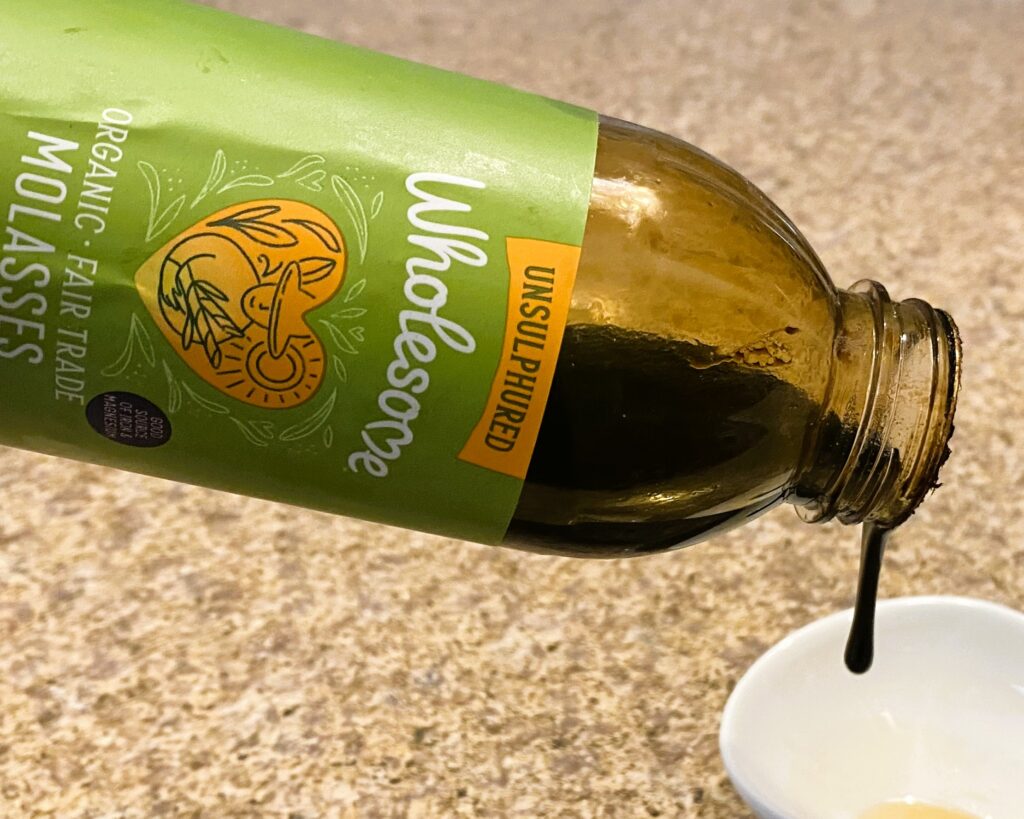
There are three major types of molasses from the three stages of refining. The lightest is from the first stage of refining and blackstrap molasses is from the final stage. Sweetness decreases with processing stages making blackstrap molasses the least sweet and even bitter. Molasses contains a range of micronutrients and antioxidants which benefit health. Because blackstrap molasses is the most concentrated, it contains the most vitamins, minerals, and phytonutrients. Some nutrients found in molasses include vitamin B-6, manganese, magnesium, copper, selenium, potassium, iron, and calcium. Blackstrap molasses has a moderate glycemic index and has recently been touted for helping with PMS, stress, blood sugar, oxidative stress, skin health and wound healing, bone health, inflammation, and ADHD. It should be noted that sulfur dioxide is used in some molasses as a preservative and may trigger an allergic response people sensitive to sulfur. Look for unsulfured molasses to avoid this preservative.
Now that you know how sugar negatively impacts our health, you may ask how we kick the habit?
Ten tips to reduce or eliminate the added sugar in your life
- Read labels
- Avoid processed food
- Go cold turkey and eliminate all added sugar from your diet
- Wean yourself off, by reducing your daily intake
- Stop drinking soda (that includes diet soda)
- Increase your consumption of good fats
- Substitute honey and maple syrup for sugar
- Don’t eat sugary cereals
- Make your own food so you can control the amount of sugar
- Stop buying food with added sugar (if it’s not there, you can’t eat it)
To expound on a few of these…
Reading food labels is paramount
For starters, you need to read food labels. This is good for not only determining how much added sugar is in a food, but also noticing how many artificial or unhealthy ingredients are in the products. Reading labels puts the ball in your court. You get to decide whether you want to put those ingredients in your body and in your child’s body. Look for “added sugars” on the food labels. The FDA specifically requires added sugar to be listed on food labels.
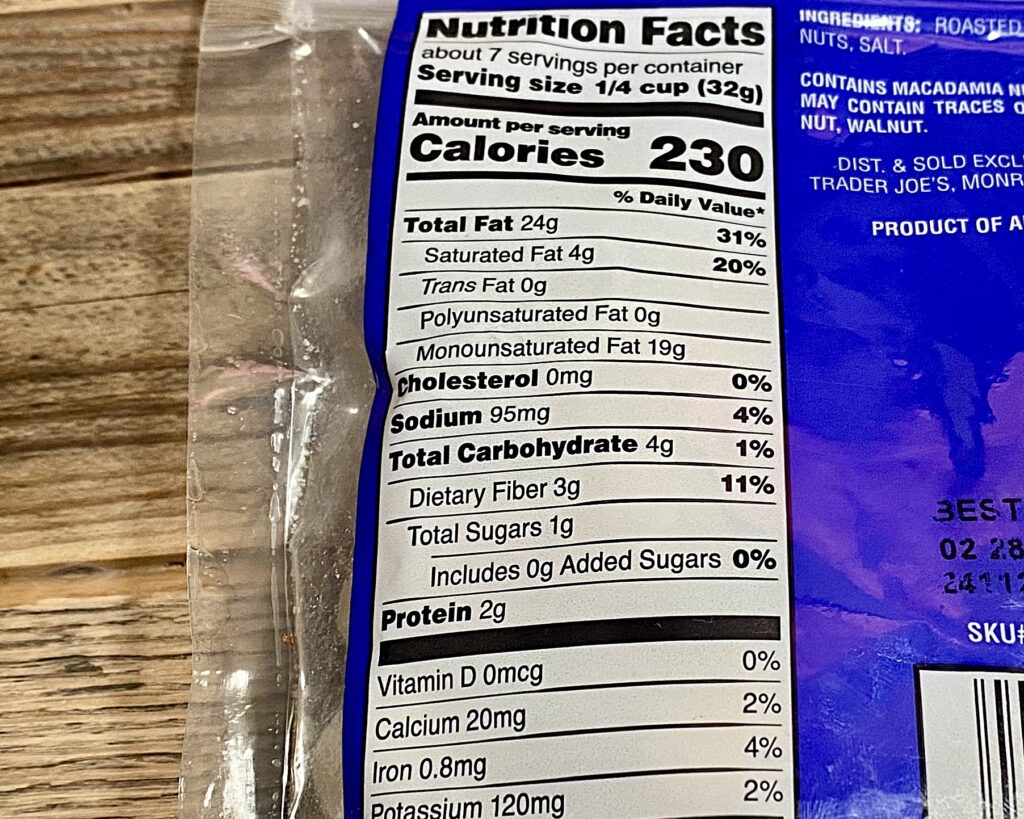
Remember as discussed in Part Two of this diatribe, the Dietary Guidelines for Americans recommends limiting added sugar to 24-36 grams per day for adults and 12-24 grams per day for children, although we really don’t need added sugar at all. Reading labels with these limits in mind can be really helpful in reducing the amount of sugar in your diet and help you make good food choices.
Avoid processed food
A great way to reduce your sugar intake is to avoid processed foods. Shifting from a processed food based diet to a whole foods based diet will inherently massively decrease the amount of added sugar you consume. Although it would be great to instantly make the switch from processed to whole foods, it is impractical or unrealistic for many people.
The crowding out strategy has worked for many people. You simply crowd out the unhealthy food by eating more healthy food. Consider gradually adding more whole foods to your diet and gradually buying less processed food. Little by little you can wean yourself off of sugar by replacing high sugar foods with lower sugar alternatives. For instance, buy unsweetened yogurt and add fresh or frozen fruit, a little honey, maple syrup, or all fruit jam. Not only will you get the benefit of the reduced sugar, but you’ll also get the benefits of the phytonutrients and fiber from the natural additions.
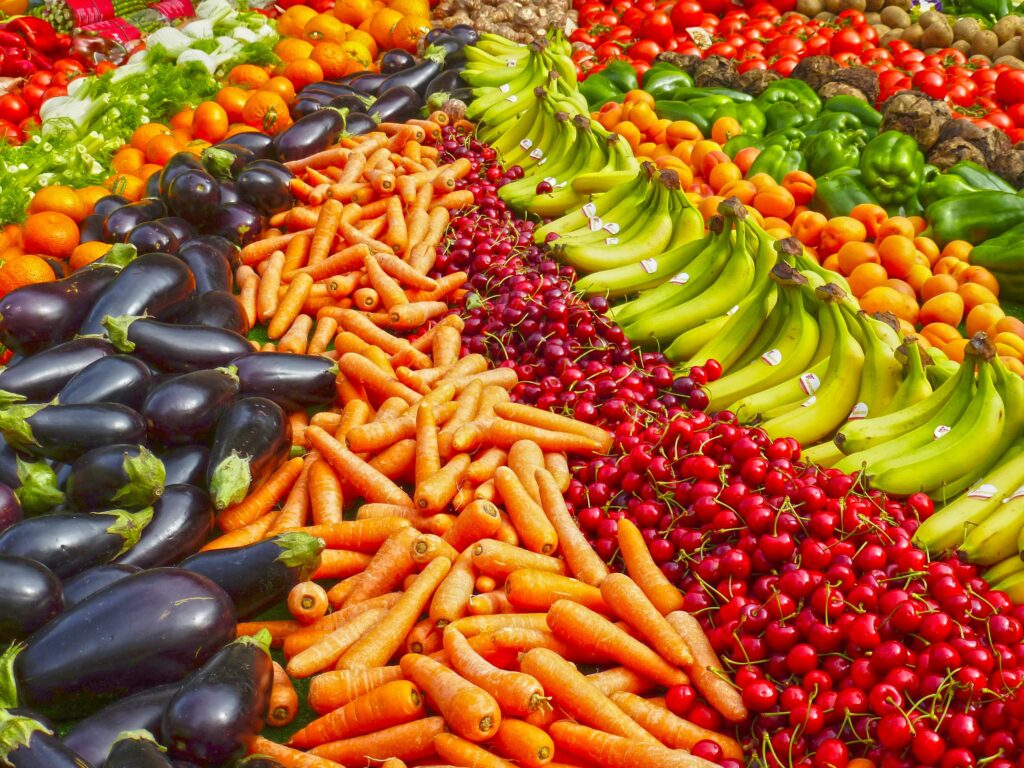
Just by increasing your consumption of fruits and vegetables you will reduce the amount of processed food in your life. Plus fruits and certain vegetables are naturally sweet. They contain fructose or fruit sugar, but they also contain a host of other nutrients and compounds that promote health. The fiber in plant foods helps to slow down the absorption of glucose in the body, thus avoiding blood sugar spikes and promoting blood sugar regulation. Beware of fruit juice, however; because juicing removes the fiber, it may cause blood sugar spikes.
Beware: Two blood sugar enemies
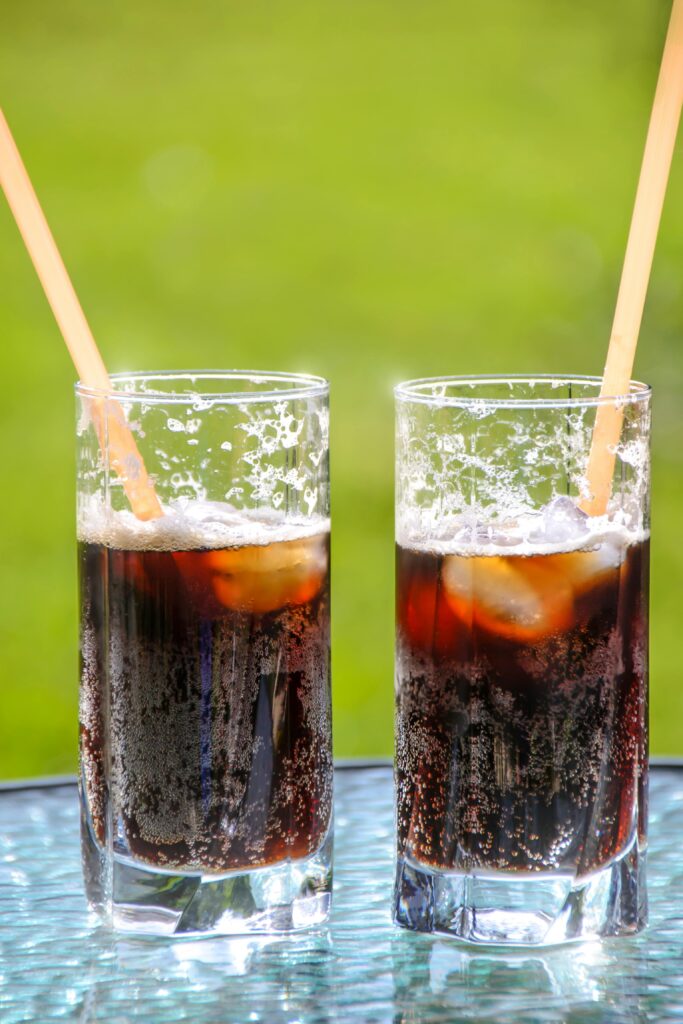
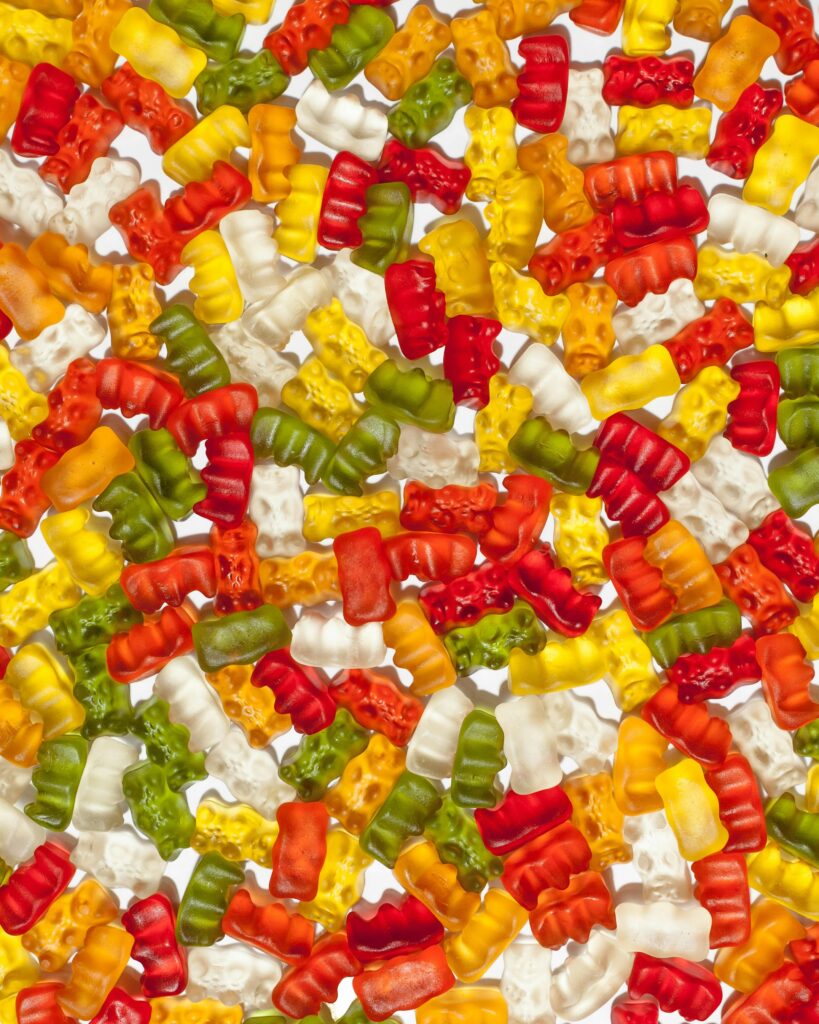
- Soda: Eliminating soda from your life is highly advisable. The HFCS used in most soda not only spikes your blood sugar, but it also puts a strain on your liver and is addictive. Try adding a little fruit juice to carbonated water as a substitute for soda. Or just drink more water. Diet soda is not a good substitute. Artificial sweeteners actually promote weight gain, put a strain on the body’s detoxification system, and may have other negative health implications.
- Gummy candies, jelly beans, pixie sticks and other similar sweets: these are pure sugar with no fat or protein. Eating them is akin to mainlining glucose which can contribute to blood sugar dysregulation. If you choose to eat sweets, a chocolate or nut based confection is a better choice. Fruit leather made solely of fruit or dried fruit are even healthier alternatives.
Go cold turkey
Maybe the hardest but likely the most effective way to permanently reduce sugar is to go cold turkey. Some people find it easier to just quit sugar consumption completely. This means eliminating all added sugar from your diet for a time period. Although quitting sugar entirely may be difficult initially, as little as 72 hours without sugar can eliminate or drastically reduce dependence on sugar. Another milestone is 21 days, as some studies show that is the time period in which habit change becomes ingrained.
Completely removing sugar from your diet can allow your brain to reset its need for the dopamine hit sugar provides and may eliminate sugar cravings. The food industry uses the addictive nature of sugar to trap us in a vicious cycle of seeking out more and more sugar. Kicking this habit will allow you to regain your agency, allowing you to make food choices that satisfy your nutritional needs rather than your taste buds or a hijacked dopamine system.


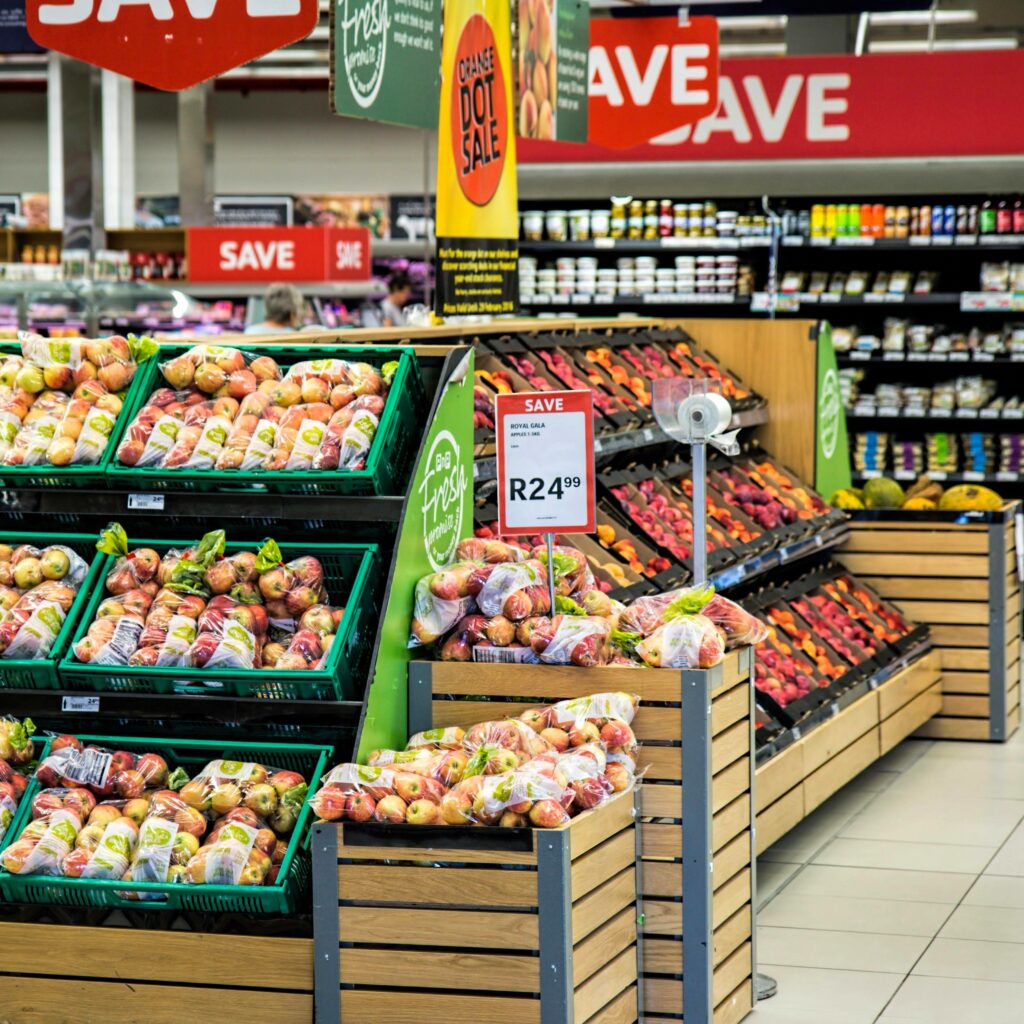
Eliminating sugar completely will likely require a big shift in buying and consuming food, especially if you rely on processed food, fast food, and restaurants. Because added sugar has become such a normalized part of our food, most restaurants are using ingredients that have added sugar. Once again, making your own food may be a better option for completely eliminating sugar because it gives you the ability to control the sugar in your diet.
Make your own food
Making your own food is a great way to wean yourself off sugar because it puts you in the driver seat – you get to determine how much if any added sugar you consume. In addition, it decreases your consumption of processed food which has myriad benefits that go far beyond reducing sugar in your diet. Making your own food is rewarding and fun. It allows you to be creative and is an activity that you can do with your family and especially children. It can be solitary or social – whichever you prefer. It even benefits the brain because learning new skills is great for neural plasticity.

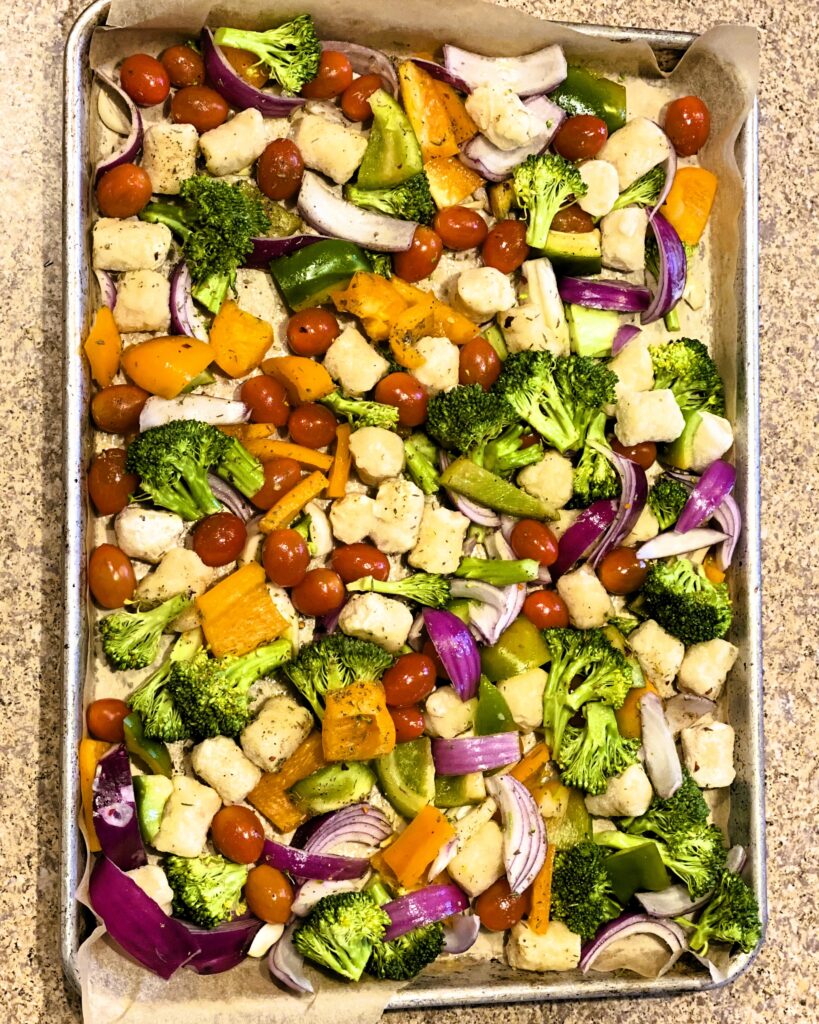
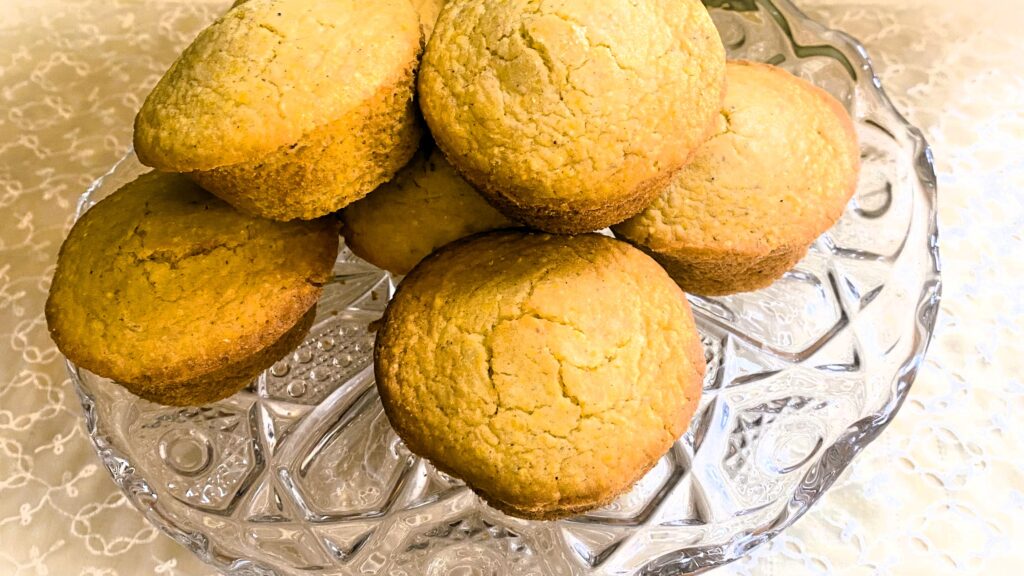
If you feel that you don’t have time, start small, maybe making dinner from scratch one or two days a week. Then gradually increase the number of meals you make. If you see nutrition as a worthwhile time investment you will find the time to cook. You can save time by cooking in batches and meal prepping – my daughter is a master at this and makes much of her own food even with an 80 hour work week. There are so many plant based recipes online – in fact you can start right here by visiting the recipe category on my blog.
What not to do when reducing sugar
To reduce sugar intake, many people turn to sugar substitutes. Although there are a few of these substitutes that occur in nature such as stevia and monk fruit. Most of these sugar substitutes are artificial and made in laboratories and are questionable at best. Although aspartame, saccharin, and sucralose are approved for consumption by the FDA, they are science projects that have no place in a healthy diet and should be avoided at all costs. This too is a discussion for another day.
In a nutshell…
Although glucose is needed by the body, added sugar is not. We can get plentiful sources of glucose from fruits, vegetables, grains, and legumes. And those natural sources come with added benefits of micronutrients and antioxidants. Nutritionally, there is no need to eat added sugar. It is an addictive compound and contributes to many health issues. Even though it tastes so good and it does give you that instant energetic lift, the costs far outweigh the benefits. We have gotten used to sugar added to our foods and our taste buds have been hijacked. We need to reset or thinking about sugar because it is so ingrained in our lives especially with holidays and celebrations. But if you want to lead a disease-free healthy life and ensure your children are free from the constraints of obesity and metabolic disorders, it would be wise to wean you and your family off of sugar.

2 responses to “Sweet Diatribe about Sugar…even more”
HI Sharon,
I love this information about sugar and have shared it with a few of my friends. I wish people could shut off the sugar switch!
Question if you want to text me the answer. To get the complete health benefit from honey is it better to use raw honey?
Also, love the info on sugar beets. I never knew : )
I look forward to your next blog post!
Kathy, I’m so glad you found the information helpful. Thank you for sharing it with friends! Raw honey is better. It retains all of the enzymes, antioxidants, and pollen which promote health. Regular honey, although still a great food, is processed typically using heat, filtration amd pasturization which removes impurities but also some of the benefits.